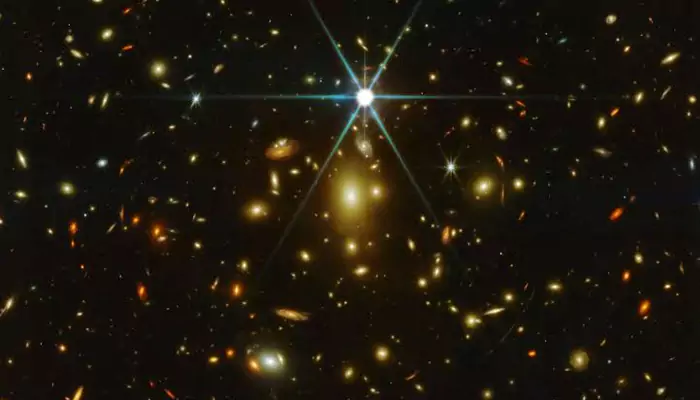
Here are today’s most important updates from the realm of Science and Space.
Rocket Lab Launches IoT Satellites to Orbit; Tally Surges To 203
On Sunday night, Rocket Lab launched five "Internet of Things" (IoT) satellites to orbit for the renowned French company Kinéis. About 66 minutes after liftoff, these satellites were all deployed into a 400-mile-high orbit. With this, Rocket Lab's tally of lifetime satellitedeployment surged to 203.
$RKLB @RocketLab's Next Mission
— Trade Whisperer (@TradexWhisperer) November 24, 2024
Electron: 5x IoT Satellites
This Mission isn't just about Launch Revenue but also Spacecraft Integrated Solution so it also adds Space Systems 💰 to the books.
More launches, more Spacecrafts. pic.twitter.com/Ud4HpgN6py
Credit: Trade Whisperer
Notably, this is part of Kinéis' ambitious plan of developing a 25-satellite constellation in low Earth orbit. Similar missions were carried out in June and September earlier this year. As explained on the French company's website, this will "precise connectivity and location tracking of any object anywhere on the planet. Whether you're on the open sea, in remote areas, or under extreme weather conditions, Kinéis ensures reliable, continuous data transmission so you can benefit from accurate information available at all times."
2024 PT5: Farewell to Earth's "Mini Moon" After its Two-Month Stay
Influenced by Earth's gravity, an asteroid named 2024 PT5 (discovered in August) began orbiting around Earth in late September. Now after its two-month stay as a "mini-moon" (although technically, it can't be called the same, according to NASA), the object departs Earth's vicinity on Monday. It will return to the Arjuna asteroid family, its broader cosmic origin. However, according to NASA, it will come as close as 1.1 million miles to Earth in January 2025, and then will gradually move deeper into the solar system while orbiting the sun.
Earth has a new ‘mini-moon’! 🤏🌖
— ESA Operations (@esaoperations) September 24, 2024
Asteroid 2024 PT5 has been ‘catching up’ with us for years. It recently got close enough to begin interacting with Earth’s gravity, leading to a short #MiniMoon phase from now until late November during which it will be bound to our planet. pic.twitter.com/v6FWoG67An
Credit: ESA Operations
The asteroid currently follows a horseshoe-shaped path. In January, the US space agency will monitor its activities with the Goldstone Solar System Radar in California's Mojave Desert. Following that, the object may not return until 2055.
Debates Over - Scientists Finally Unlock What's Inside Moon's Inner Core
For several decades, scientists have been trying to understand whether the moon's inner core is solid or molten. Now, a team of scientists at the French National Centre for Scientific Research has concluded that it's a solid ball and has an iron-like density.

Astronomer Arthur Briaud, the lead author of the study, explained, "Our results question the evolution of the Moon magnetic field thanks to its demonstration of the existence of the inner core and support a global mantle overturn scenario that brings substantial insights on the timeline of the lunar bombardment in the first billion years of the Solar System."
With data from various lunar missions, the scientists examined lunar characteristics and created a detailed chart of the moon's interior. They found the density of the moon to be about 7,822 kilograms per cubic meter.

RhoFold+ - New Method Redefines Our Understanding of RNA 3D Structure
A team of researchers has developed a new deep learning-based method called RhoFold+ (Ribonucleic Acid High-Order Folding Prediction Plus) that redefines our understanding of RNA 3D structures.

Using an RNA language model, this method deals with the challenges of RNA's intrinsic structural flexibility and predicts RNA 3D structures accurately. It involves both deep learning approaches and Multiple Sequence Alignment (MSA)-based methods for the same. Moreover, it combines geometric modeling and iterative recycling to predict 3D coordinates precisely while also enforcing biological constraints. The RNA Foundation Model at the center here is developed on a transformer architecture.












